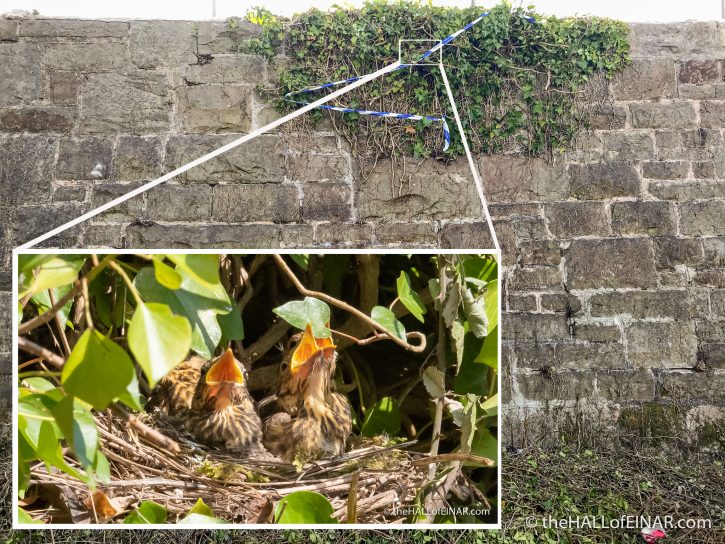Destruction
This was one of my favourite places for wildlife. Whether it’s standing entranced, listening to the pure pulsating power of a Wren singing, or lying prostrate, not daring to breathe, as a Sparrowhawk plucks a pigeon in front of me, it’s been the site of great experiences. There were rare plants like Ivy Broomrape and there was always a bustle of birds in the undergrowth.
It’s the ugly side of a railway viaduct, bordered by an industrial estate. It’s nowhere special, except to me and the myriad of creatures which inhabit it. Or, should I say, used to inhabit it. I was horrified to see that the walls had been completely stripped. It’s May. It’s the bird breeding season.
Why would they plan to clear the walls in May?
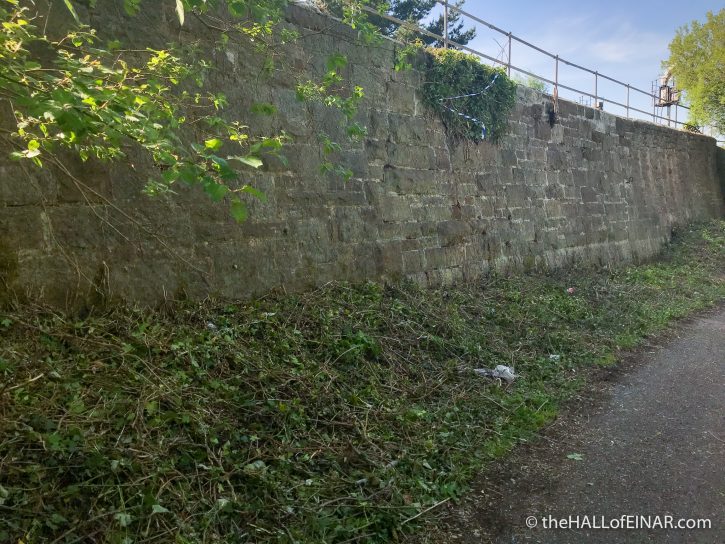
As I walk past I wonder what that strange bit of ivy is and why it’s been left there. And isn’t it messy to leave tape there.
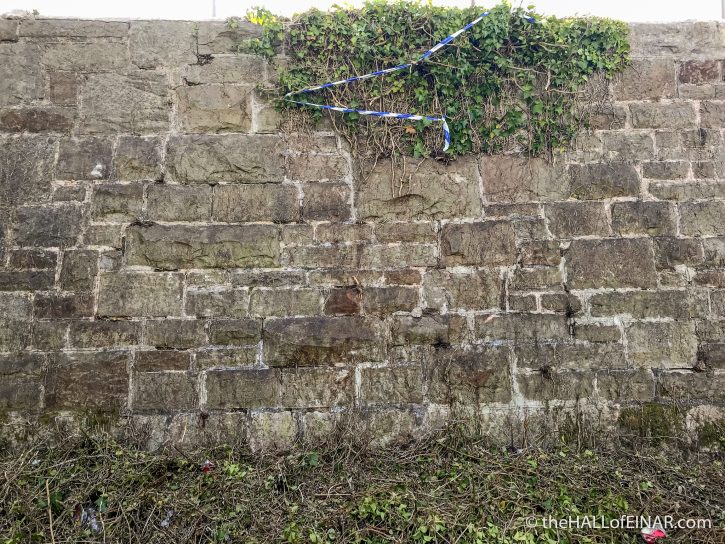
I take a look and realise there’s a nest there. It’s the nest of Song Thrushes and there are four chicks sitting there, exposed in the hot sunshine.
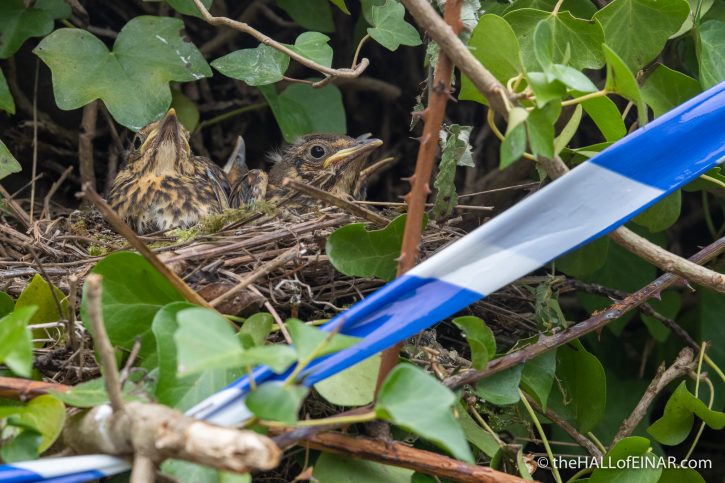
They don’t look too impressed. It must be incredibly stressful for them.
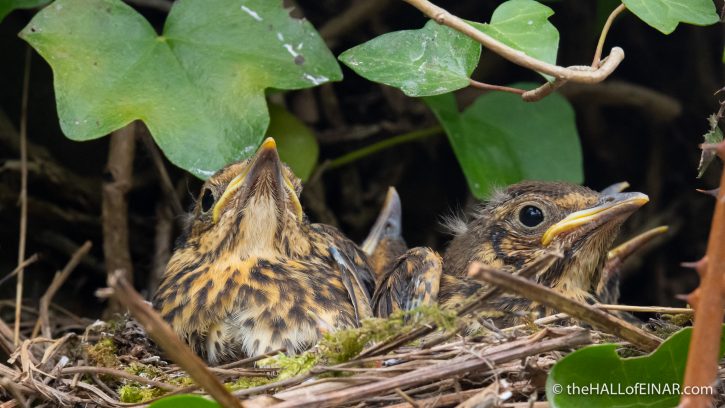
I retreat and wait to see if there’s an adult around. And there is. Here it is, with a train heading past:
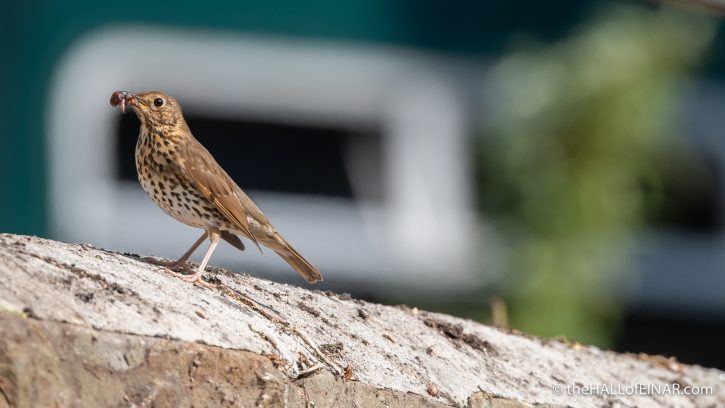
It’s got a beak full of worms ready to feed the chicks.
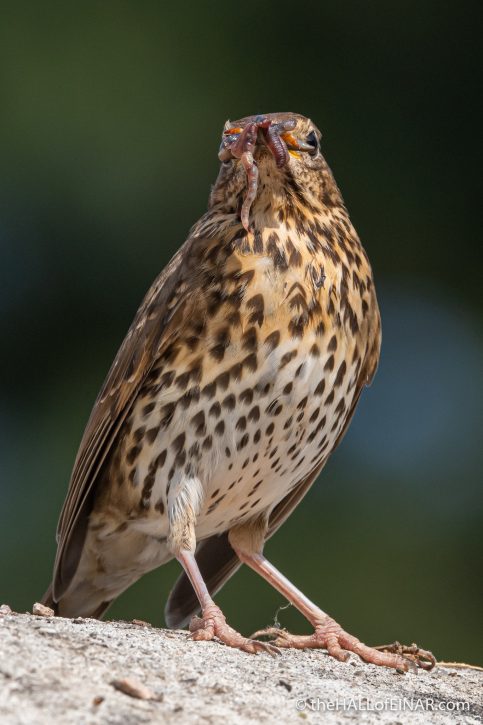
Song Thrushes have a conservation status of red in the UK. That’s because of the recent breeding population decline, recent winter population decline, recent breeding range decline and recent winter range decline. It’s no wonder, is it?
It’s incredibly annoying that this brood should have been left in such a precarious position. There are Crows, Magpies and Herring Gulls aplenty here. They could easily be spotted by predators.

I’m going to find out who did this work. It’s possible that it was Network Rail, who are famous for having run-ins with the RSPB because of their tree-clearing. Here’s what Network Rail have to say in their ‘Trees and the railway explained‘
“Every year during nesting season (March – August) we scale back our vegetation management work and aim to only do work that is essential to keep the railway running safely and reliably. Before we start any work on any lineside vegetation, we will always check for nesting birds and if needed, we will bring in independent ecologists to carry out a study of the area.”
Essential? Always check? Independent ecologists? I don’t think so. I’ll keep you posted with developments.
